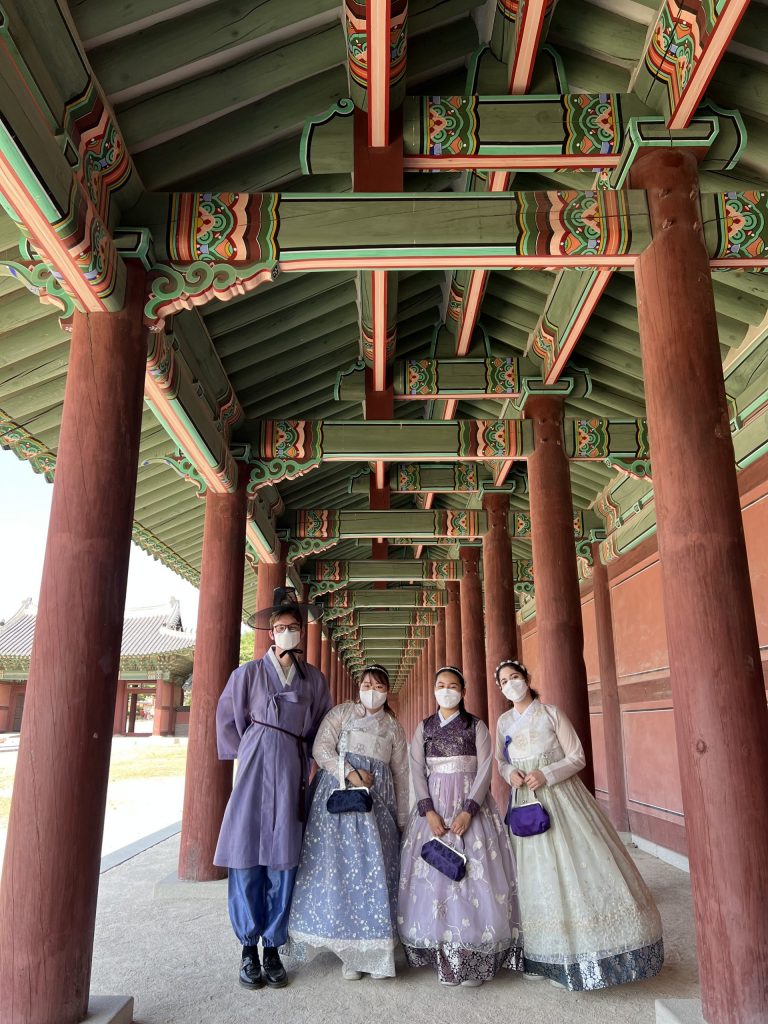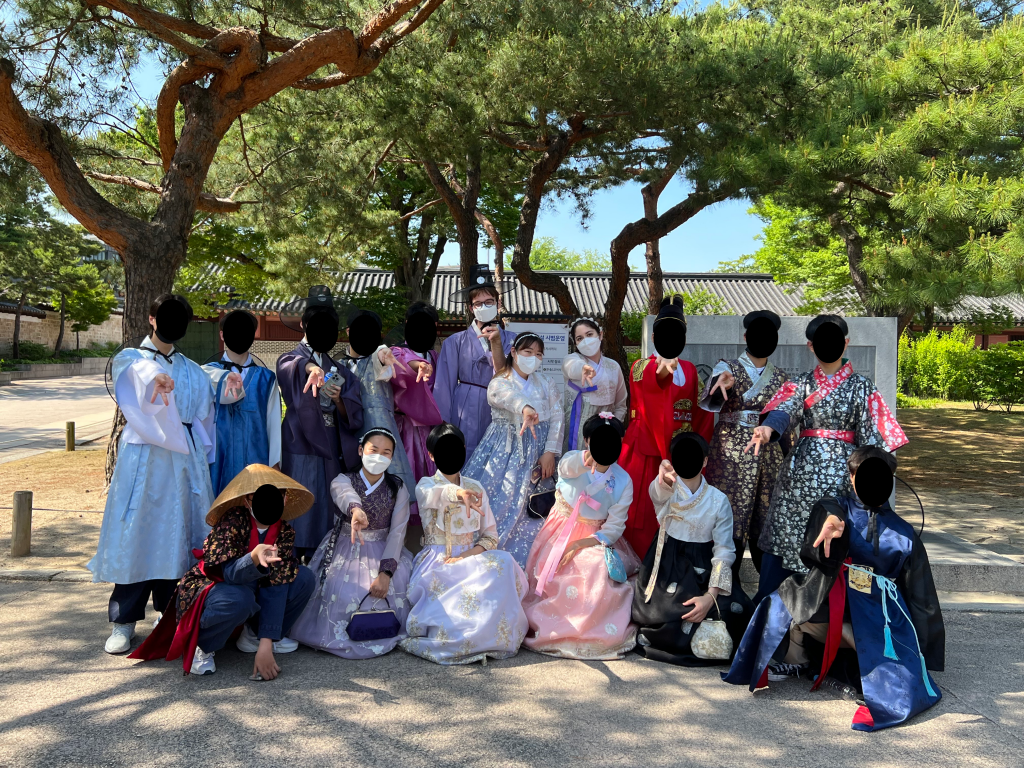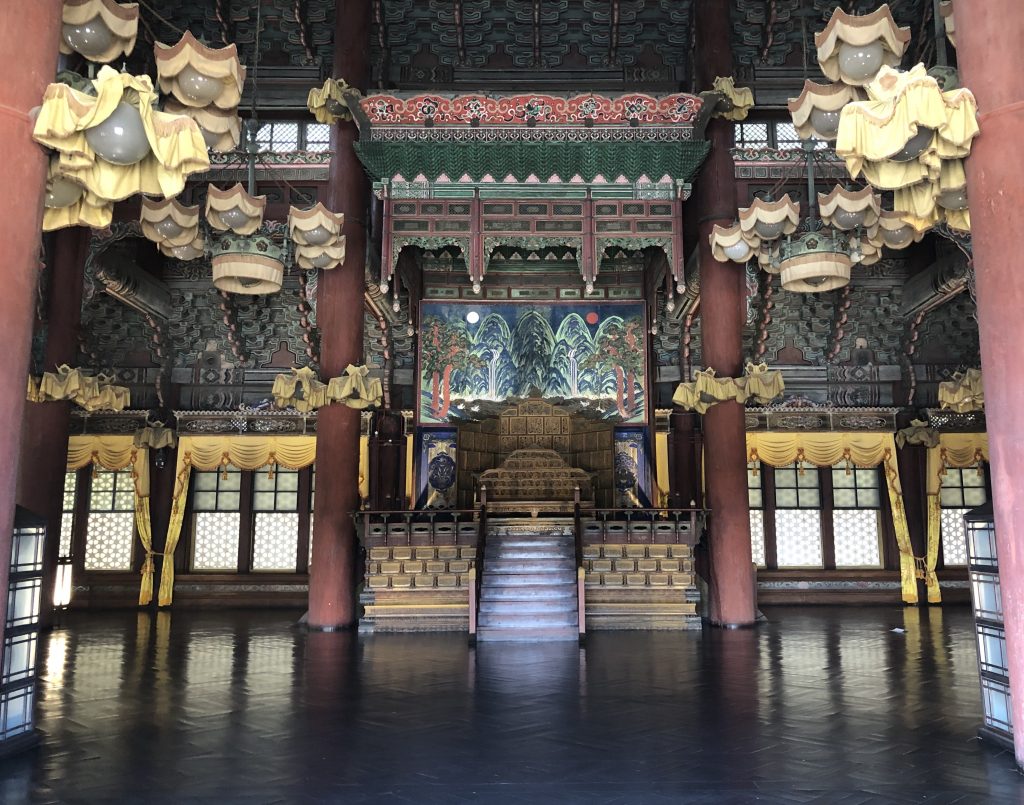
If you know anything about the Republic of Korea, you would know that it is a country where the modern and the traditional co-exist in almost every aspect of life. From traditional foods that are given a modern twist, to modern pop music being infused with the traditional sounds of folk music, it seems like no border exists between what we have come to consider the “past” and the “present.”
History cannot simply be reduced to what has occurred in the past. It is something that continues to influence our present-day culture and society, and it is very much alive in modern times despite feeling like nothing but a distant memory that is sometimes hard to even call our own.
When you come to Korea, the most obvious sign of how this history still lives and breathes within the modern realm is the historical sites and artifacts that have been preserved to this very day. The palaces of Korea’s past kingdoms are just one such entity, and they are something that I believe should be a must-see on everyone’s itinerary when they come to visit this beautiful and diverse country.
The five royal palaces in Seoul are Gyeongbokgung Palace (경복궁), Changdeokgung Palace (창덕궁), Changgyeonggung Palace (창경궁), Deoksugung Palace (덕수궁), and Gyeonghuigung Palace (경희궁), and they all served important purposes throughout the Joseon dynasty (조선시대). Gyeongbokgung Palace is probably the most well-known of the five palaces, as it is the largest out of these five. However, the other four palaces have their own unique characteristics and charms as well and are definitely worth a visit if one wishes to really immerse themselves in this history.
Along with the other VANK interns and staff, I was fortunate enough to be able to go and visit Changdeokgung Palace and really surround myself with this history. While I did not have much knowledge about the palace beforehand, simply going and walking the grounds where this past civilization once walked was a surreal experience in itself.
Changdeokgung Palace was constructed in the 15th century during the Joseon dynasty and was the principal palace for many kings of this time, including the very last monarch. It is the most well-preserved out of the five royal palaces and is registered as a UNESCO World Heritage. During the Japanese invasion of 1592, all of the palaces in Seoul were burned down, with Changdeokgung Palace being the first to be reconstructed in 1610.
Whereas Gyeongbokgung was designed so that all buildings were constructed on a north-south axis in a very rigid and precise manner, Changdeokgung Palace was built in a way that worked with rather than against the natural features of the land. Placed at the foot of Bukaksan Mountain (북악산), the various buildings and pavilions were constructed in a way that flowed harmoniously with the natural slopes and curves of the land, giving it a much more relaxed atmosphere. I can say that I definitely felt this shift in atmosphere as well. Whereas Gyeongbokgung Palace is breathtaking in its sheer size and rather symmetrical landscaping, Changdeokgung offered a more gentle beauty that could be felt in both the natural features and man-made structures.
Of course, walking around the palaces and learning the history of such monumental places is a riveting experience in itself, but there is one more thing you can do to really immerse yourself in the moment and take your experience to the next level. And that would be by renting hanbok (한복) for a few hours as you tour the palace grounds. In fact, this is such a common thing to do that the entrance fee to enter any of the palaces is automatically waived if you come in wearing hanbok. Shops where you can rent hanbok can be found all around the palaces, offering all types of styles and color palettes for you to choose from to tailor your experience specifically to your liking. I, along with the other three US VANK interns, used this opportunity to the full advantage, truly feeling like royalty (or rather upper-class citizens) as we stepped foot through the main gate of the palace donning our hanbok.

One of our co-workers told us a very humorous fact as we went about choosing our hanbok. Nowadays, as a sort of joking trend, it is not uncommon to see women wearing the men’s style hanbok and the men the women’s. I laughed when I heard this, thinking that it was certainly a funny scene to imagine, though I did have my doubts considering I had not really seen such things when going around and touring the other palaces. But almost as soon as we stepped through the gates, we were met with a rather rowdy group of middle school boys who, lo and behold, were wearing almost every type of hanbok, including the hanbok for women. We all had a good laugh and even got to take a picture with them, something about which I think they were just as excited as us. That is certainly something that will be included in the most memorable moments of my time here in Korea.

But aside from the many (many) pictures we took in our lovely hanbok, the palace itself remains unrivaled in its beauty. Of course, one of the buildings that you cannot possibly miss when visiting any of the palaces is the place containing the king’s throne. In Changdeokgung Palace, this building is called Injeongjeon Hall (인정전), and is where many important ceremonies, including the king’s coronation, were performed and was the site where foreign envoys were received. Just a quick glance into this regal space is enough to take your breath away, the ornate decor and the intricate designs painted across the walls and even the ceiling a stunning sight. Peering into this almost hauntingly beautiful space, I couldn’t help but feel as though I had been transported to an entirely different world, one that was far away from the bustling streets of present-day Seoul and was something much quieter and more reserved in its beauty.

This feeling of disconnect from the present day is something that followed me throughout our entire time within the palace grounds, and was something I found quite interesting to reflect on while we walked and took in the sights. At one point, I turned to my friend and exclaimed, “Isn’t it just so cool how this is all just. . . here?” That earned me a puzzled look and a request for clarification, something that was very much warranted given my less-than-eloquent burst of thought. My attempt at further explanation went something like this.
To me, the fact that places of such historical significance can still exist today is something that is absolutely amazing. Knowing that some 600 years ago there were people who lived within the palace walls, went about their daily lives as they walked along the paths and actually used the buildings instead of simply admiring them from an acceptable distance, and just lived such different lives from our own, and that we are just able to step foot in the exact same place but under such different circumstances is simply astonishing. At one point, there was actually a king seated on the throne in Injeongjeon Hall, and it was not merely an empty room preserved for tourists to take pictures of. There were actually people who slept in the various rooms of the palace, and there were real people who gathered in the courtyard for important ceremonies and events. Walking amongst these empty buildings and feeling so disconnected from the busy day-to-day life of Seoul, this feeling and realization seemed to just hit me ten times harder.

History is not merely a thing of the past. It continues to live in so many parts of our modern lives even if we are not aware of it. The royal palaces of Seoul are just one part of the long and intricate history of Korea, yet walking amongst the traditional hanok-style buildings and taking in sights that are so uncommon in our daily lives is enough to make anyone feel the remnants of this history. My advice to anyone planning on taking a tour of one of these palaces would be to not only learn as much as you can within your time there, but to also just stop for a moment, take a deep breath, and really feel the centuries of history that flow within this space. It is truly an other-worldly experience.
Written and photos taken by : Allison Garbacz
From Illinois, United States. Current 5th-year undergraduate at the University of Wisconsin-Madison, B.A. Candidate for Linguistics, B.A. Candidate for Asian Languages and Cultural Studies, Exchange student at Korea University, Intern at VANK (Voluntary Agency Network of Korea)